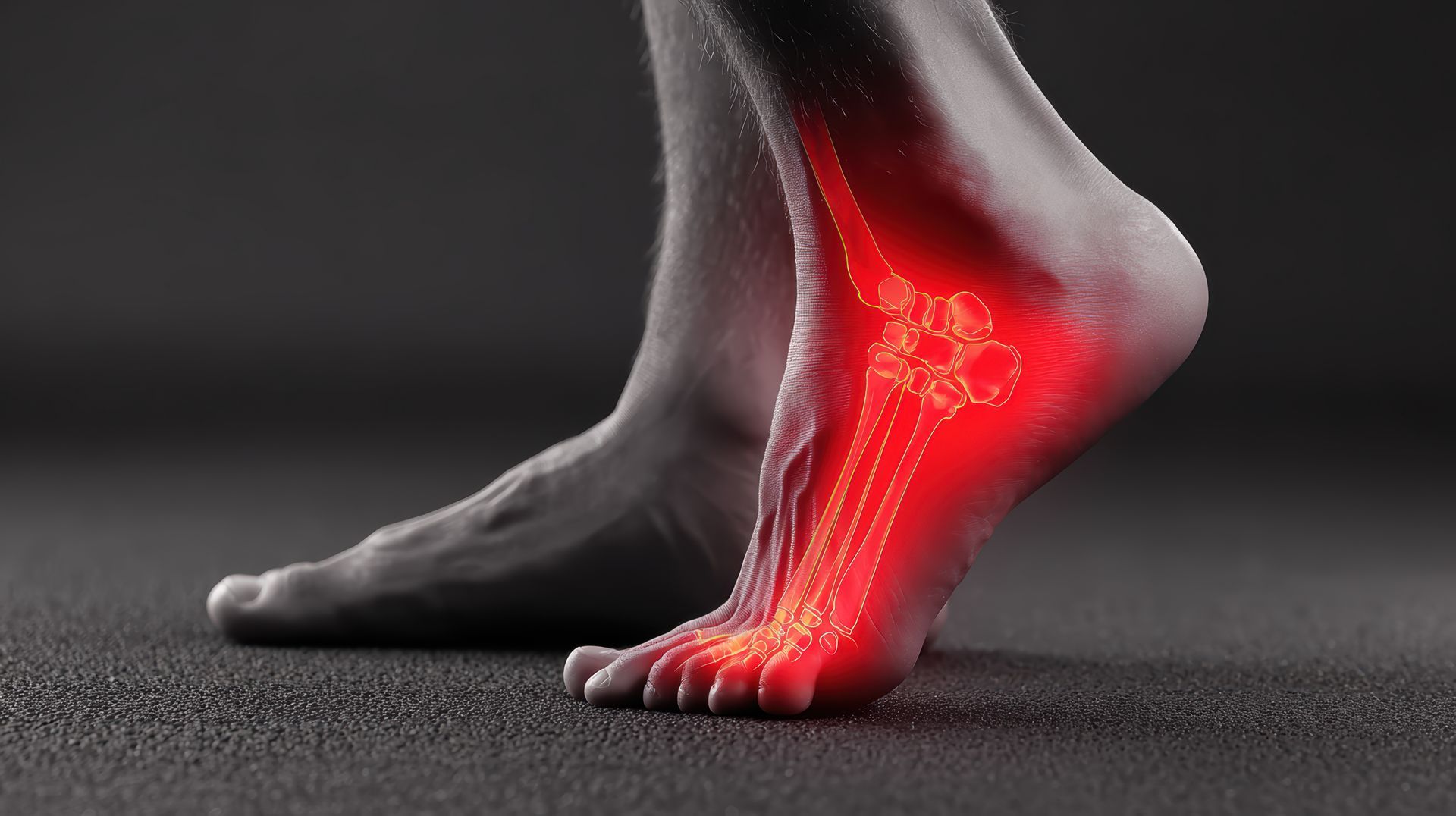Healing With Regenerative Medicine
The medical community and scientific studies alike promote the efficacy of therapies using regenerative medicine in the management of chronic pain, however, it is still widely underutilized. Patients will often turn to NSAIDs or surgery to help alleviate their symptoms, without being aware of the positive benefits of regenerative medicine using stem cells.
In this discussion, we will show you how this procedure can activate your body's own healing power to rejuvenate your cells, alleviate symptoms of a wide range of issues causing chronic pain, and help slow down the aging process.
Stem Cells: The Basics
Our bodies use stem cells as building blocks of every other cell in the body. They are their precursors, dividing when the body needs specialized cells elsewhere. Stem cells are what we call "undifferentiated" cells. In other words, they have not yet developed to have a specific function within your body. It is this characteristic that makes them so versatile. Through the process of "differentiation", stem cells are able to become any other cell the body requires.
For example, stem cells can be used in the heart muscle, tendons, blood cells, and bone. In short, they're multifunctional and even essential in the body's regular functioning. They are part of the body's natural repair network.
It is helpful to consider the body as not being single entity, but rather a collection of cells that are dynamic, constantly changing, adapting, as well as dying. The body, therefore, is under a permanent state of replenishment, rejuvenation, and recovery. Stem cells form a key component in this process, "traveling" to where they are needed, allowing normal tissue function to continue, and facilitating our body's ability to bounce back from injury.
As we age, stem cells age with us. We not only experience a qualitative deterioration, but we also lose the number of stem cells (though not in all types!) found in our body over time. This is one of the reasons that we experience chronic pain as part of the aging process; our bodies simply do not have enough stem cells of the requisite quality to rebuild and heal those that have been damaged.
Have you ever had a knee or shoulder injury that just never seemed to heal completely? Or the injury just went downhill extremely quickly, with seemingly no reason other than the passage of time? This experience can likely be traced to the depletion of stem cells required to keep the joints in your body healthy. This issue only deteriorates over time, leaving many people with debilitating chronic pain, injuries that do not heal, and a significant reduction in quality of life.
What is Regenerative Medicine that uses Stem Cells?
Regenerative medicine using stem cells involves injecting stem cells into an area of the body that requires help or repair. This allows the stem cell to begin restorative work extremely quickly. For example, they can be incredibly effective for those suffering from knee injuries or chronic pain. At Activate Your Body's Own Healing Power Using Regenerative Medicine - Richmond, VA & Regenerative Medicine, we use umbilical cord-derived mesenchymal stem cells (MSCs), also known as Wharton's Jelly, which come from FDA regulated cord banks.
This has allowed Dr. Snyder and his medical team to use non-drug and non-surgical options to help chronic pain in patients. MSCs are particularly adept at boosting your body's natural healing power; they do this by taking cues from local cell types, dividing and generating the required cells for repair and rejuvenation. Regenerative medical procedures can help a wide range of medical ailments, including:
- Acute knee injuries
- Osteoarthritis
- Shoulder pain/damage
- Wrist or elbow injuries
- Achilles tendon injuries
- Plantar Fasciitis
When our bodies heal after injury, it is an event that is mediated by stem cells. They help reduce inflammation in our joints, for example, alleviating symptoms of pain and helping our bodies heal more quickly and effectively. In extreme cases, where cells have been damaged to the point of no return (cell death), stem cells are able to divide and replace them.
Advantages of Regenerative Medicine using Stem Cells
The clear advantage of using regenerative medicine that utilizes stem cells is that they are non-invasive and do not involve prescription medications, which are often accompanied by painful side effects. Regenerative medicine is not just about masking the symptoms, contrary to what NSAIDs do.
In addition, regenerative medicine that uses stem cells is often more effective than traditional methods. In effect, the addition of stem cells to our aging bodies help restore the natural healing process. Regenerative medicine that uses stem cells can also offers other benefits:
- They are not specialized. This is a powerful advantage, as it means stem cells take cues from other local cells, helping them repair and regenerate.
- They contain natural growth factors. Stem cells are so effective because they accelerate your body's ability to heal. This has the added benefit of reducing pain symptoms, lowering inflammation, and reducing or even eliminating the dependence on OTC pain-killing medications. You are in effect replacing expensive medications that only mask symptoms with your body's very own healing response units.
- Results will vary but may be seen quickly. Because a regenerative medical procedure that involves injecting the cells into the area that requires assistance, results can be seen very quickly. Many of our patients have reported an improved range of motion and a perceived reduction in pain after just one treatment. This is significant, as many patients come to us after having used every other conceivable method with no results. When you are suffering from chronic pain, even a small improvement of the symptoms can have significant effects on your quality of life.
To read more about what our patients at Chronic Care of Richmond & Regenerative Medicine are experiencing from their regenerative medical procedure, visit our testimonials page. From chronic knee pain, shoulder pain, hip pain, to osteo and rheumatoid arthritis, regenerative medicine that utilizes stem cells is helping our patients regain their quality of life.




